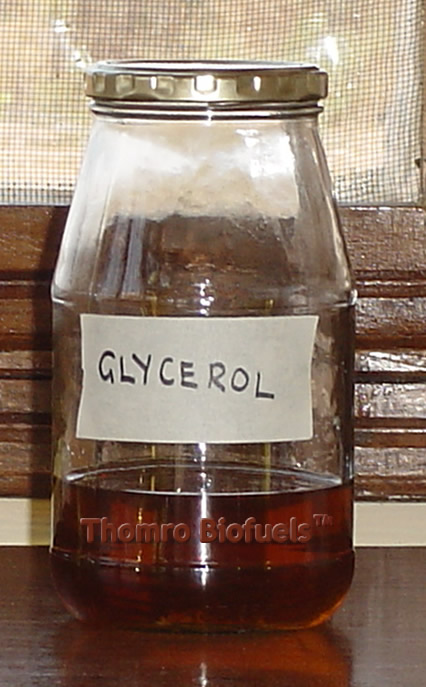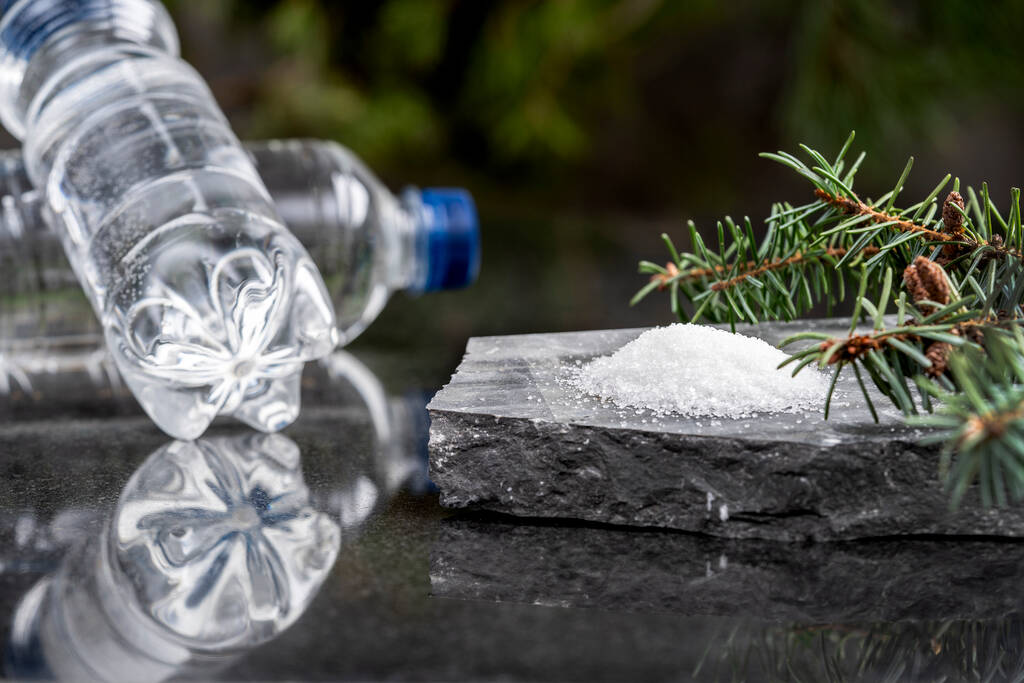The world is again awash with glycerine this year because of growing biodiesel mandates from Southeast Asia and Argentina (not to mention biofuel tax incentives and mandates in the US). Throughout the years that the blog covered the oleochemical industry, there had been developments, albeit a bit slow, for new uses of glycerine and the American Cleaning Institute (formerly Soaps and Detergents Association) even holds a Glycerine Innovation Award at their annual meeting in Florida in collaboration with the National Biodiesel Board.
For those who are not familiar with glycerine, it is a co-product coming from soap and oleochemical manufacture as well as from biodiesel. Some of the new applications now commercially available for glycerine is in manufacture of epichlorohydrin, propylene glycol, propanediol and methanol. Check out my oleochemical presentation last year for more background on glycerine.
In this news, researchers from the Iowa State University (ISU) are developing cheaper bioplastic adhesives using glycerine as an alternative to acrylic adhesives currently on the market. The project recently received a grant of $1 million from the US Department of Agriculture (USDA) to show that their technology can be competitive in the marketplace.
The ISU research team is focusing on three primary markets: construction, where the adhesives could be used to create fiber board or particle board; pressure-sensitive adhesives such as those used on the back of sticky notes; and water-based rubber cement, which could be used to fasten the soles to shoes, among other uses.
The project is expected to begin production at a pilot plant currently under the construction at the ISU BioCentury Research Farm on the third and final year of the grant. The pilot plant will be able to produce up to 1 ton/day of adhesives. The adhesives under development will not have any VOCs.
The BioCentury Research Farm (BRCF) aims to develop and produce in pilot scale a family of new bio-based polymers derived from vegetable oils. The 500 kilogram/day pilot plant is being constructed in collaboration with Argo Genesis Chemical LLC, an affiliated company of Seneca Petroleum based in Crestwood, Illinois. The pilot plant will be operational in Spring 2015.
Updated as of 12/8/14 10:32p EST:
I just wanted to add another news that I just came across from the ETH Zurich, one of the leading international universities for technology and the natural sciences. Researchers from ETH Zurich have been developing a process to make large amounts of lactic acid from glycerol. The process is reportedly more productive, cost-effective and climate-friendly than sugar fermentation.
In this procedure, glycerol is first converted enzymatically to an intermediate called dihydroxyacetone, which is further processed to produce lactic acid by means of a heterogenous catalyst, which consists of a microporous mineral, a zeolite, whose structure facilitates chemical reactions within the pores.
The new procedure reportedly reduces overall CO2 emission by 20% compared to fermentation. Per kilogram of lactic acid produced, 6 kg of CO2 are emitted with the new method compared to 7.5 kg with the conventional technology. The researchers calculated a conservative 17-fold increase of the profit using the new process with relatively good quality glycerol. The researchers noted that the process can also use low-quality glycerol.





